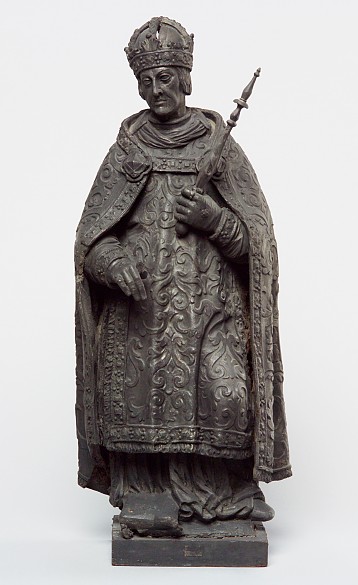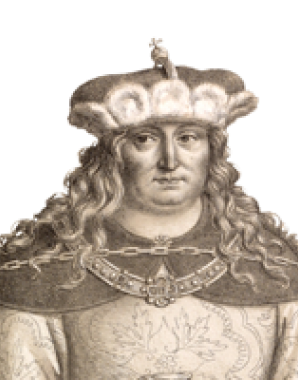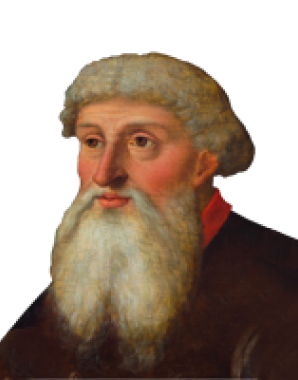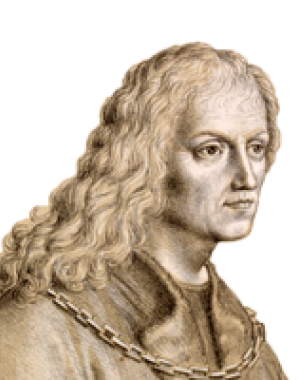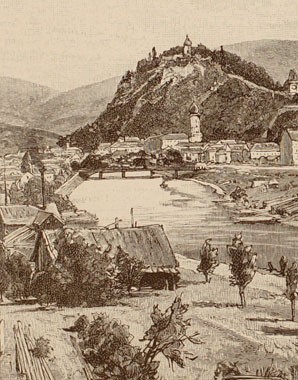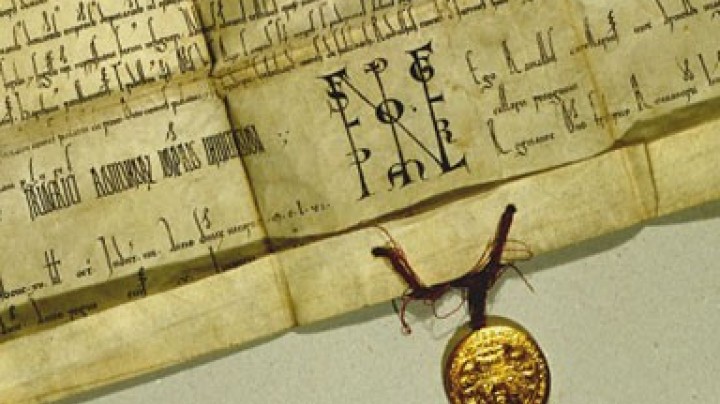Frederick V: from Duke of Styria to head of the dynasty
Frederick was the eldest of nine children born to Duke Ernst and his second wife Cymburgis of Masovia.
As a result of the division of the lineages in the House of Habsburg, his father Duke Ernst had become sovereign of Inner Austria, ruling over Styria, Carinthia and Carniola. Frederick was born in Innsbruck, as at that time his father was governing in the stead of his relative, Duke Frederick IV of Tyrol, who was being held prisoner by Emperor Siegmund in Constance. After Frederick IV had been restored as ruler of Tyrol he also became the guardian of his nephew, the younger Frederick, following the death of Duke Ernst in 1424.
At the age of twenty Frederick V assumed the reins of government in his ancestral lands. It is to him that the city of Graz, his seat of residence, owes two fine late Gothic monuments: the royal palace, which is today the official residence of the provincial governor of Styria, and the court parish church, later Graz Cathedral, both started in 1438.
In 1439 two deaths in the family led to Frederick becoming head of the entire dynasty.
His uncle Frederick IV of Tyrol left a son called Siegmund, who was still a minor and whose guardian Frederick V now became. Thus Frederick also had control over Tyrol and the Forelands until his cousin assumed the regency in 1446.
Of more momentous consequence was the sudden death of Albrecht V, the head of the Albertine line of the dynasty, who had ruled over Lower and Upper Austria. He had been elected Roman-German king only the previous year (1438), but his position as head of the Empire was not yet secure. Frederick sought to exploit the vacancy on the throne to his own advantage.
Albrecht V had also succeeded in securing the title of king in both Bohemia and Hungary. He had been married to Elisabeth, the daughter of Emperor Sigismund, and as the latter’s son-in-law had only recently been installed as his successor on Sigismund’s death in 1437. Thus Albrecht V died at an extremely inopportune moment. His wife subsequently gave birth to a son, Ladislaus, who was given the epithet ‘Postumus’, having been born after his father’s death. This infant was now heir to Austria as well as candidate for the crowns of Bohemia and Hungary. Frederick assumed guardianship over Ladislaus and was therefore involved in the complex situation concerning the succession in both kingdoms.
